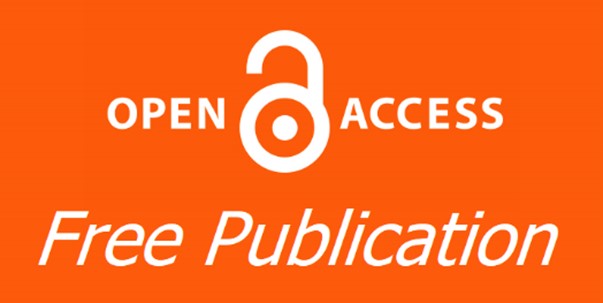Article Type
Article
Abstract
Objectives
To detect the site of attachment of the antral part of the polyp and the prevalence of coexisting sinonasal anatomical variations in the antrochoanal polyp (ACP) side.
Patients and methods
A retrospective study of 57 patients treated for ACP was conducted between 2018 and 2020 in the Department of Otolaryngology of Kasr Alainy Hospital, Cairo University. All patients underwent a complete history, head and neck examination, nasal endoscopy, and computed tomography. Factors, including age, gender, associated symptoms, imaging findings, surgical approach, and the site of attachment of the antral part of the polyp, were recorded.
Results
This study included a total of 57 patients (33 males and 24 females). The mean age of the patient was 22±12.9 (range, 9–59) years. Mean age was 21.8 years for males and 23.6 for females. The major symptoms seen were constant and unilateral nasal obstruction in 34 (59.6%) patients. The exact origins of the polyps were located in different positions within the maxillary sinus and were able to be detected in 39 sides. It was detected in the anteroinferior antral wall on 16 sides, in the inferior antral wall on six sides, in the medial antral wall on six sides, in the lateral antral wall on six sides, and in the posterior antral wall on five sides.
Conclusion
Endoscopic approach for complete removal of the choanal polyps is an extremely safe and effective procedure. Despite the different approaches of ACP excision, the recurrence rates are still high.
Keywords:
antrochoanal polyp, computed tomography, endoscopic, recurrence.
Recommended Citation
Nassar AA.
Antrochoanal polyp: a review of 57 patients.
Pan Arab J. Rhinol.
2021;
11 : 125-128.
Available at:
https://pajr.researchcommons.org/journal/vol11/iss2/11
DOI: https://doi.org/10.4103/pajr.pajr_8_21
















